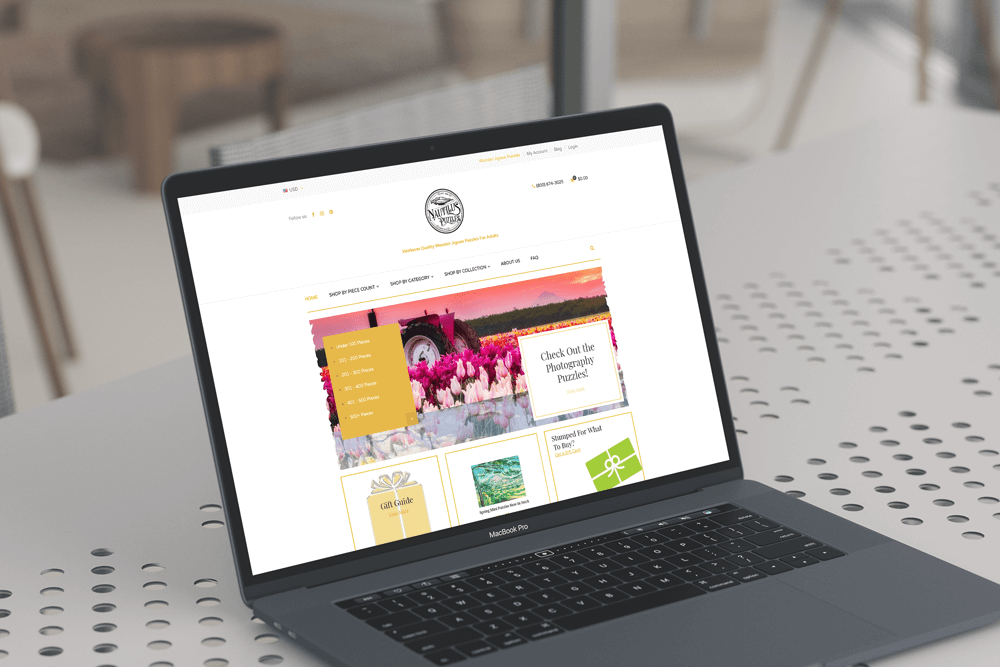Figma is a powerful tool for creating high-quality interfaces. But building a Shopify store from scratch can be difficult. That’s why we created this our guide to building a Shopify website using Figma and Shopify.
Shopify is one of the most popular e-commerce platforms used by small businesses. Despite being easy to use, you don’t have to be a technical wizard to build a well-designed Shopify Store. That’s why we’ve created this handy guide that gives you everything you need to know to start selling online.
This guide will take you through the following steps.
How to get started with Figma to Shopify
Figma is an online tool that has been gaining a lot of traction in recent years. This is because it is the perfect tool for modern designers who want to create hand-crafted and flexible websites for their clients. This is because you can visualize your designs in the browser while they are still in the initial design stages, which makes things a lot easier when it comes to fine-tuning your web pages later on.
Figma is an excellent tool for creating high-fidelity mockups of your website. But what software should you use once you’re ready to start building a Shopify website? Should you use Figma?
After all, it’s the same tool you used to design your mockups, right? The answer isn’t so simple.
1. How to add your desired products to Shopify?
Are you looking to sell products through your own website without needing to pay for a storefront?
There are many options out there, but the easiest way to import your products into Shopify is to use a CSV file. CSV is short for Comma Separated Values, and it’s a file that stores structured data in plain text.
There are dozens of free and paid CSV importers that you can use, but the easiest of them all is the free Google Spreadsheets. Google Spreadsheets is a free online spreadsheet app, so it doesn’t have any barriers to entry. To import your CSV file to Google Spreadsheets, follow these steps:
Step 1: Create a new spreadsheet and add your products.
Step 2: Create a new “Sheet” within your spreadsheet and title it “Shopify”.
2. Conceptualizing the Intro?
In conceptualizing the intro step, the intro should be written once. The intro should be written to serve as a preview of the content of the blog post. It should provide the reader with a sense of what the blog post is about and how it is going to help the reader. An intro should not be written to impress the reader. An intro should not contain the same information that can be found on the website.
3. How to customize your theme?
Then, we will go through the steps of customizing the theme we convert from Figma to Shopify. It is important to know that once you customize your theme, you will not be able to return to the original, default theme without losing that specific customization.
All themes have their own style and features, and this is very important when you want to use the theme for a specific purpose. This Figma tutorial shares some tips and guidelines to help you customize your Figma to Shopify theme. If you want to learn how to customize your Figma to Shopify theme, read this post.
4. How to make your theme mobile-friendly?
The way we shop is changing. We are now browsing products on our mobile phones instead of desktop computers. And even though we are mostly browsing, checkout is not as easy as we want it to be. Mobile users expect to be able to checkout in one click, or at least in a few steps. So how can we make our e-commerce site mobile-friendly?
How to make your theme mobile-friendly Figma to Shopify is a blog that helps you with that! It’s a blog that has been made to provide you with knowledge about making a theme mobile-friendly Figma to Shopify. It is written by several authors who have a passion for writing about Shopify and have experience in making a theme mobile-friendly Figma to Shopify.
Help us grow by sharing this Post!
